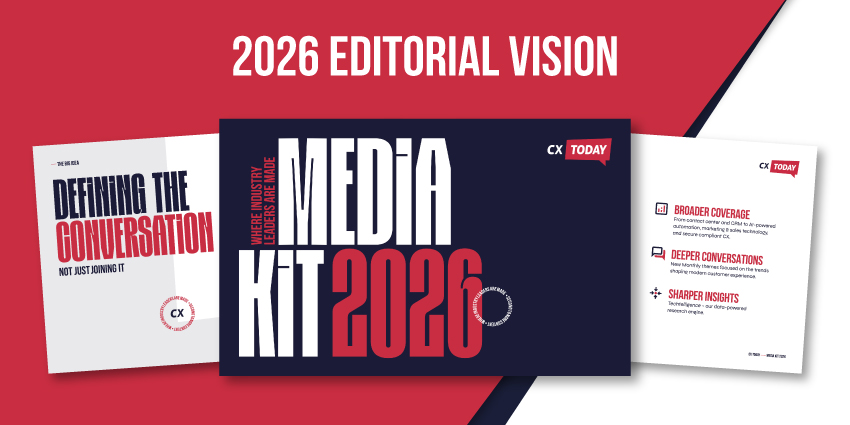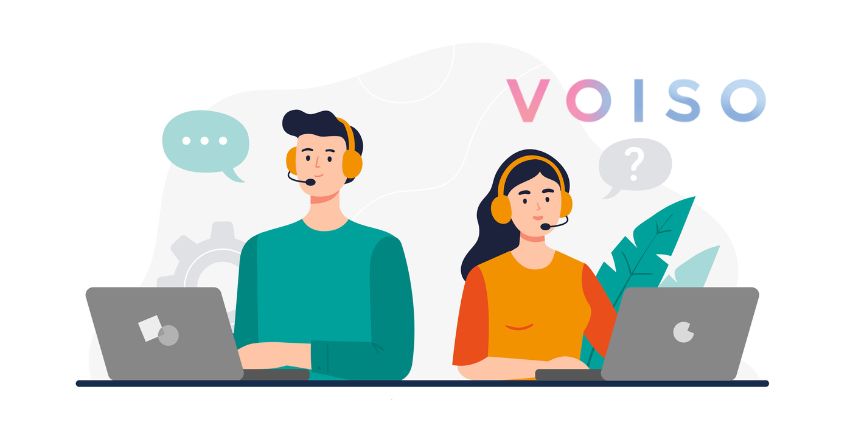Call-backs are an increasingly popular option in contact centres, as it allows agents to call back a customer as per their availability and queues, while also saving customers the effort of waiting on hold.
According to research, 75% of customers find the option of requesting a call back “highly appealing;” 71% would become extremely frustrated if they had to stay on hold endlessly. So, what are the pros and cons of enabling call-backs in your call centre? Are there infrastructures and processes you need to have in place? Here is our guide.
Why It Can Be Useful to Enable a Call Back System
There are several benefits to having a call back system in a call centre:
- It helps you cope with peak periods when a long wait time can frustrate the customer or even lead to a drop-off
- It helps you offset resource shortage to an extent, as even a small team of agents can effectively organise the callback schedule to reach intended service levels
- It can be difficult for customers to find the contact centre number for large organisations in the first place. A call back button eliminates the frustration faced when someone tries to call a business multiple times, through multiple numbers, but cannot reach an agent
- It can help shrink your call queues to an extent. As your phone number isn’t publicly visible, customers are likely to try other methods like self-service before opting for a conversation
- It starts the call off on the right foot, as there is a perception that the organisation has initiated the call and therefore cares about the customer
These are the top reasons why you might want to enable call-backs at your call centre – but they do come with a few caveats.
Potential Cons of Calling Back Customers
An ineffective call back system will only add to customer woes and bring down your CSAT further, which is counterintuitive to why you initiated a call back in the first place.
- The customer perception of delay may be different from the actual time-lapse. Even if you call back after 45 seconds, it can seem like several minutes due to customer urgency
- There is always a chance that the customer doesn’t have enough motivation to pick up the call-back. In this scenario, you might have lost out on a lead
- Not every demographic will be equally open to a call back system. Busy professionals, for example, might set aside a precise time slot for interacting with your business
- Extreme labour shortage may lead to prolonged delays between call back requests and the actual interaction. In some cases, the interaction may not happen at all
To avoid these pitfalls, the following tips are recommended when managing callbacks in a call centre.
Tips for Managing Call Backs
- Optimise agent availability. Call back isn’t a magic bullet solution to the labour shortage
- Automate call back systems to stay in-sync with customer expectations
- Make sure there is no additional wait time once you call back a customer
- Train agents on call back etiquette, like not requesting repeated information







